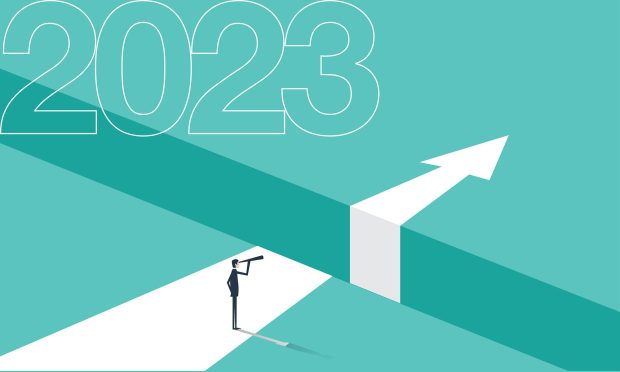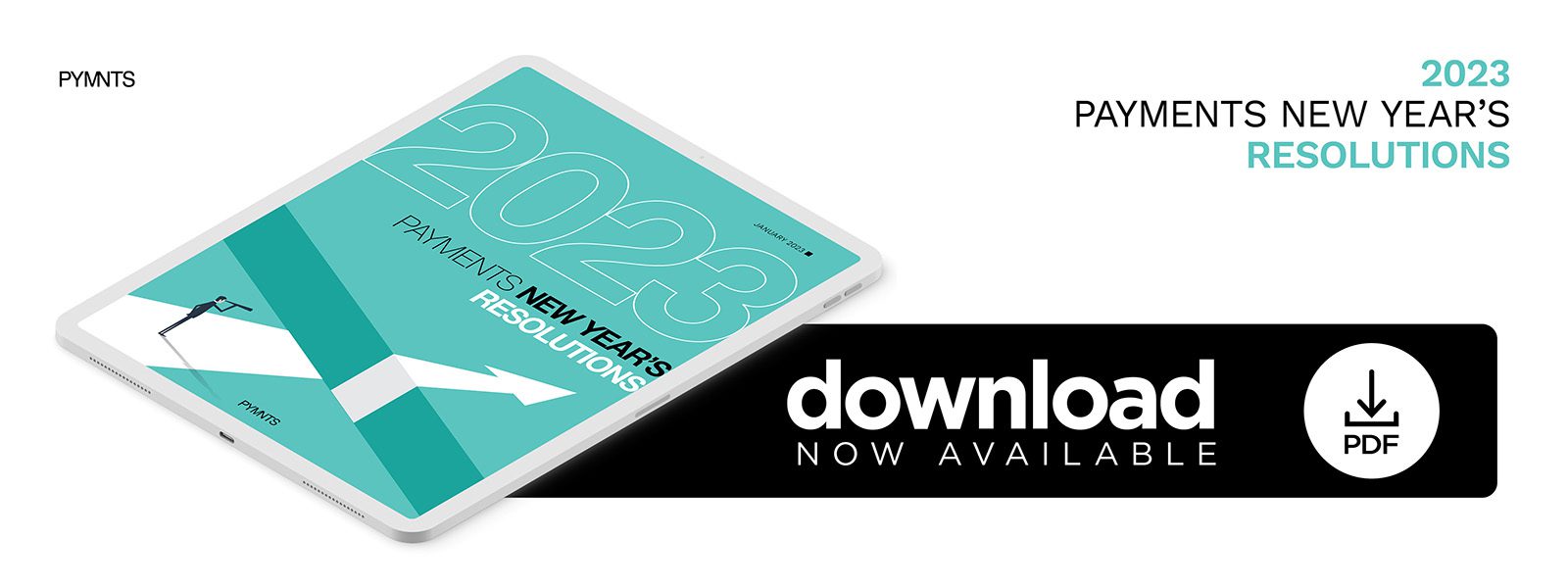27 Payments Execs on 2023’s Data-Driven Roadmap

It already feels different, and 2023 is just one month old. What can we expect?
FinTechs and financial institutions are focused on financial wellness initiatives in 2023 to help beset consumers improve their credit, balance their budgets and steady their ships after treading water for a year, with much of that stress concentrated in Q4 as holiday wish lists were confronted with financial reality. Read this all in our new eBook.
For tangible proof of that economic wakeup call, one need not look much beyond the fact that Amazon shed roughly half its market value during a general slowing of the eCommerce boom of the COVID years. It wasn’t alone, as big omnichannel retailers like Target also suffered setbacks.
In other Q4 dramas, the industry found its latest villain in Sam Bankman-Fried and the spectacular collapse of the FTX crypto exchange, shriveling crypto speculation and sucking the air out of the space.
How it will return is likely in decentralized exchanges and diversified payment use cases that don’t require an advanced understanding of digital assets for consumers to use it as a payment method, nor risky investments for companies. Transparency will be key to reestablishing trust.
If one “R” word in 2023 is “recession,” another will be “relationships” as FinTechs partner with banks and each other in less adversarial and more collaborative ways.
The other “R” word for this year is “real time,” which finally has the momentum and market presence to become an accessible rail in B2C and B2B use cases. With that comes advances in instant payouts beyond things like tips and into areas from online sportsbooks to payroll.
In accounts receivable (AR) and accounts payable (AP), automation is already improving these functions, and 2022 has set up many firms to add automation to realize cost savings and customer efficiencies that mean fewer errors and greater throughput. Expect that to continue.
In the B2B world, modernization continues despite the economic slowdown. Adopting messaging standards like ISO 20022 will better clarify money movement for B2B companies. More legacy systems will be retired and replaced by digital alternatives.
Modernized stacks and the increasing use of application programming interfaces (APIs) will enable creative new products to get to market faster, including the expansion of embedded payments and connected ecosystems.
The fraud fight raged on in Q4 and there are no signs of it slowing in 2023, but artificial intelligence (AI), machine learning, and reams of data promise to make combatting online theft more effective this year than last.
Digital innovations in healthcare payments will pay dividends as consumers adopt new ways of managing medical debt while receiving needed care.
Through it all, consumer experience will remain an area of intense focus and investment to ensure engagement in areas like streaming and retail subscriptions, bill pay and more as digital transformation marches on, recession or not.


